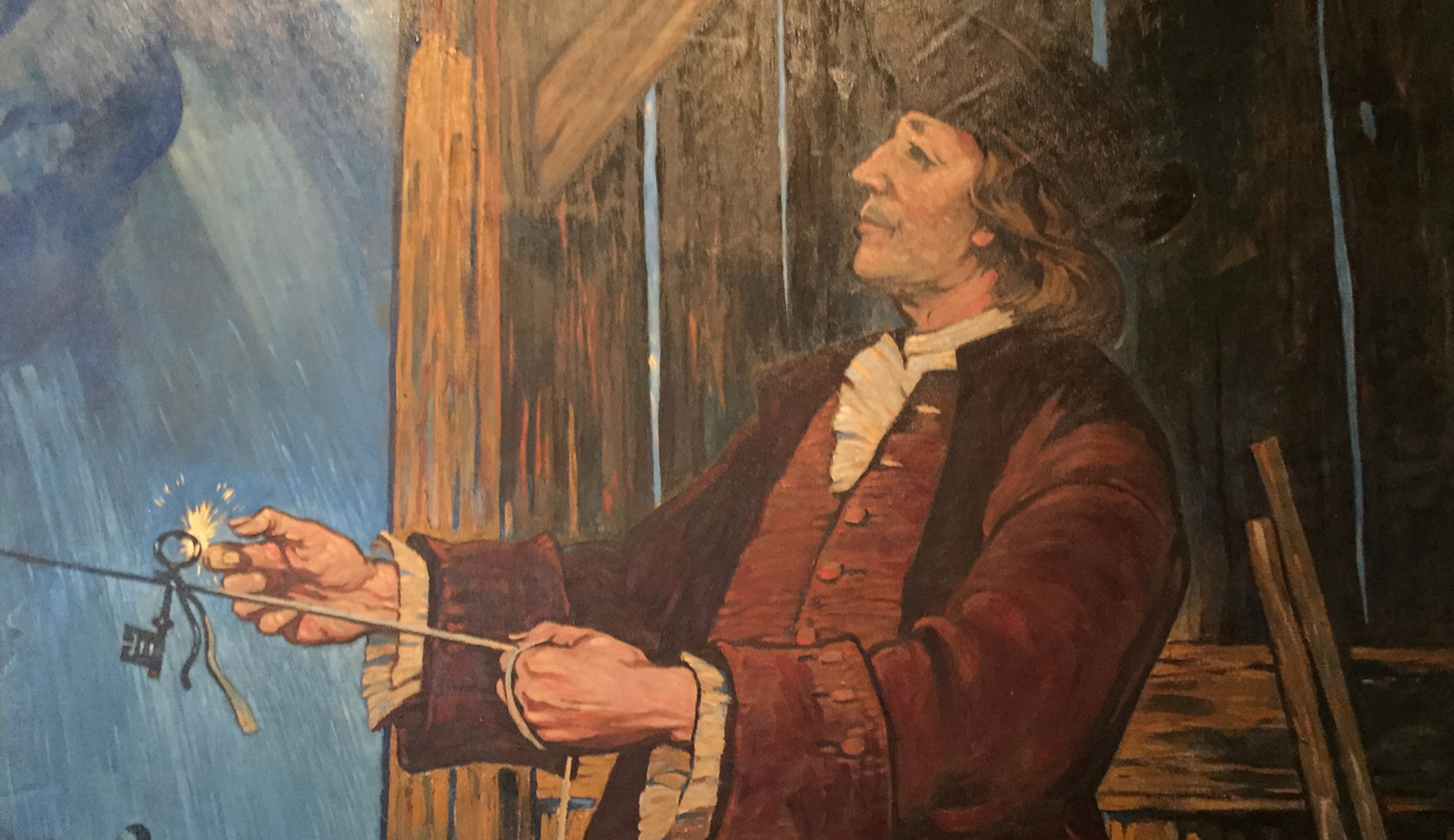A quiet man passed away quietly this past Friday. Henry Louis Aaron was 86. Best known for breaking Babe Ruth’s all time home run record, Hammerin’ Hank, as he was known by opposing pitchers, possessed greatness that until the latter part of his career went underappreciated by the Baseball world.
His incognito changed when seemingly out of the shadows, Aaron—not Mays, not Mantle—approached Babe Ruth’s all time home run record of 714. He broke Ruth’s record, finishing his career with 755 home runs, a number eclipsed later by a steroid fueled Barry Bonds. Hence, many still consider Hank Aaron Baseball’s legitimate home run king. As was his wont, Aaron declined opportunities to comment on the controversy about the man who broke his hallowed record.
‘Hidden’ in Milwaukee and Atlanta, Aaron’s ‘surprising’ ascent into the record books was fueled by an amazing consistency of excellence that matched his unassuming character. He never hit 50 home runs in a season, but like clockwork hit 35 to 45 home runs, year in and year out.
At 6 foot, 180 pounds, Aaron was not a big man, but his strong hands and kinetic wrists generated terrific bat speed that leveraged a level swing launching balls that cracked off his bat. It was said that ‘trying to throw a fastball by him was like trying to sneak the sunrise past a rooster.’ Mr. Aaron as Sandy Koufax called him demonstrated his ability to turn on the fastball in his confrontations with the nearly unhittable Koufax, against whom Hammerin’ Hank hit .362.
Aaron hit for power and average. His hitting feats included two batting crowns while leading the league in home runs four times; and he still holds the record for career runs batted in. Number 44—an appropriate number given the number of home runs he seemed to hit every year—was a ‘five tool player’: hitting for average and with power, with defensive excellence in the outfield along with a strong arm, and fleet of foot on the bases where he somehow managed to keep his hat affixed to his level head. Flair was not his forte, just results.
A quiet man’s man, Aaron nonetheless spoke up against racism, especially that subtle kind, while avoiding histrionics or tirades. He endured bigots’ hate letters and threats on his life when he approached Ruth’s record, and while letting folks know about the ever-present racism that existed then (and now), he also shared stories about white Americans who supported him. He continued to speak out against racism without letting injustices define or embitter him.
Aaron remained true to his roots as evinced by his partisan following of his favorite football team, the Cleveland Browns, where he watched the game—not on the 50 yard line or the press box—but in the ‘Dawg Pound’ located in the end zone in old Municipal Stadium where he sat with the hardcore regulars.
Fortunately, older Cardinal fans witnessed baseball’s humble icon’s visits to St. Louis, which generated three good yarns that bear re-telling.
The first involved Curt Simmons who proved immortals can be mortal as the Cardinal lefthander tamed the Brave great with a steady stream of slow stuff that preyed on Aaron’s bat cocked ready for major league fastballs. The Cardinal players laughed hard watching the Hammer miss-hit the nail head with Simmons’s slow stuff. On one occasion, Simmons threw a tantalizing slow curve that Aaron literally jumped forward to hit it out of the park only to be called out by the umpire for leaving the batter’s box.
The other two stories involved the incomparable Bob Gibson.
In a tied game late, Aaron faced the famed Red Bird hurler with two on two out as Gibson fell behind in the count. One could sense what was going to happen, and did. Hammerin’ Hank’s decisive swing launched one of the hardest hit balls ever seen (and heard) in Busch Memorial Stadium, a line-shot that banged the leftfield wall in a blink of an eye that silenced an awed, partisan crowd.
The final tale reminds us that baseball can be fun as well as dramatic. With Hank Aaron on second base, a hitter rapped one sharply that Gibson stabbed, and looked over to see his nemesis in no man’s land. The Cardinal pitcher trotted towards Aaron who began to juke and feint toward second, then third base, but Hoot was not having it as he closed in for the tag that saw both players laughing, as the crowd joined them in the merriment. It was a rare occurrence that anyone saw Gibson laughing on his workday.
Henry Louis Aaron performed in his quiet and consistent style, which was a joy to watch. This extra-special Hall of Famer joins the ranks of too many who have recently departed. He leaves us with a memory of unassuming greatness and class that lives on.

2 replies on “Hank Aaron: Baseball’s Quiet Man”
Short and concise, excellent!
I always thought of Aaron as the Gary Cooper of big leaguers – quiet, dependable, heroic, gentleman. I love the image of Gibson and Aaron, two of the game’s greatest competitors, laughing and smiling with each other during a base path run-down. Hopefully, they are enjoying swapping tales in baseball heaven.